Welcome to the world of aromatherapy and essential oils, where scents are more than pleasant aromas. Aromatherapy is a holistic healing treatment that uses natural plant extracts to promote health and well-being. Essential oils, extracted from plants through various methods, are at the heart of this practice. They can be inhaled, diffused, or applied topically, providing various benefits, from stress relief to skin care.
With the rising popularity of natural wellness solutions, aromatherapy and essential oils have gained a significant following. Many people swear by the calming effects of lavender oil or the invigorating properties of peppermint oil. But do they work? This article dives into the science and efficacy behind aromatherapy and essential oils.
We’ll explore:
- How these oils interact with our senses
- Their unique properties
- Application methods for maximum benefits
- Tips on ensuring you’re using high-quality products
By the end of this journey, you’ll have a clearer understanding of whether these aromatic wonders can truly enhance your well-being.
Understanding Aromatherapy and How It Works with Our Senses
Definition of Aromatherapy
Aromatherapy is a holistic healing practice that uses natural plant extracts, specifically essential oils, to promote health and well-being. This practice dates back thousands of years and has roots in several ancient cultures, including Egyptian, Chinese, and Greek civilizations. Essential oils are highly concentrated extracts obtained from various parts of plants, such as leaves, flowers, and roots.
How Aromatherapy and Essential Oils Work with the Limbic System
The power of aromatherapy and essential oils lies in how they interact with our brain’s limbic system. When we breathe in essential oils, the molecules from these oils travel through our nose and activate smell receptors. These receptors send messages directly to the limbic system, a complex network of brain structures regulating emotions, memories, and arousal. This direct pathway is why certain scents can instantly trigger strong emotional responses or vivid memories.
The Role of Smell Receptors in Aromatherapy
Smell receptors are crucial in how we experience aromatherapy and essential oils. They are located in the upper part of our nasal cavity, and their main job is to detect odor molecules and convert them into electrical signals. These signals are then sent to the brain’s olfactory bulb before reaching the limbic system. This entire process happens quickly, allowing essential oils to impact our mood and physical state immediately.
By understanding these mechanisms, it becomes clear how aromatherapy has the potential to affect both our mental well-being (through emotions) and our physical well-being (through physiological changes).
Exploring the Efficacy of Different Aromatherapy and Essential Oils
Neroli Flowers Oil
Neroli Flowers oil, extracted from the blossoms of the bitter orange tree, offers a distinctively sweet and spicy aroma. It’s renowned for its ability to uplift moods and reduce feelings of stress and anxiety. Many users find it beneficial for promoting a sense of calm and well-being. Additionally, Neroli oil is often used in skincare products due to its regenerative properties, making it a popular choice for those looking to improve the appearance of their skin.
Lavender Oil
Lavender oil is perhaps one of the most well-known aromatherapy and essential oils, celebrated for its calming effects on the mind and body. Its soothing scent has been shown to reduce stress and anxiety and promote better sleep. Many people use lavender oil in their nightly routine by diffusing it in their bedrooms or adding a few drops to their pillows. Lavender oil also has anti-inflammatory properties, making it useful for treating minor burns, insect bites, and skin irritations.
Tea Tree Oil
Tea tree oil stands out due to its powerful antimicrobial properties. This makes it a go-to essential oil for skincare routines to combat acne and other skin issues. It is often included in face washes, spot treatments, and other skincare products designed to cleanse the skin and prevent infections. Beyond skincare, tea tree oil can be used as an antiseptic for minor cuts and scrapes.
Peppermint Oil
Peppermint oil offers a refreshing scent that many find invigorating. It’s frequently used to clear nasal congestion and relieve respiratory issues. Just inhaling peppermint oil can help open up airways and ease breathing difficulties. It’s used topically to soothe sore muscles or headaches by providing a cooling sensation that helps reduce tension.
Lemon Oil
Lemon oil is widely appreciated for its fresh, uplifting fragrance. It acts as an effective insect repellent and is also used in household cleaners due to its antibacterial properties. When diffused, lemon oil can boost mood and energy levels, making it a popular choice for those needing an afternoon pick-me-up.
Agarwood Oil
Agarwood oil is known for its deep, woody aroma that aids mental relaxation and focus. It’s often utilized in meditation practices to help create a serene environment. This luxurious essential oil also finds its place in high-end perfumes due to its rich scent profile.
Helichrysum Italicum Oil
Helichrysum Italicum oil boasts impressive healing properties that benefit perfumery and skincare. Its ability to regenerate skin tissues makes it an excellent ingredient in anti-aging products. The fragrant notes also make it a favorite among those crafting bespoke fragrances.
Jasmine Oil
Jasmine oil has an exotic floral scent and is widely used in perfumes. Beyond its aromatic appeal, it is known for reducing feelings of tension and anxiety. Applying this essential oil can enhance your mood while providing luxury.
Yuzu Oil
Yuzu oil offers a unique citrusy aroma that’s exceptionally good at reducing tension and anxiety. Its refreshing scent is often compared to a grapefruit and mandarin oranges blend. Diffusing Yuzu oil can create an atmosphere of tranquility while also providing an energizing effect.
When used correctly, aromatherapy and essential oils offer unique benefits that can enhance physical and emotional well-being. Whether you’re looking to relax after a stressful day or seeking natural remedies for skin issues, an essential oil will likely fit your needs perfectly.
Examining Various Application Methods for Maximum Results
Benefits of Inhaling Aromatherapy and Essential Oils
Inhaling essential oils is one of the simplest and most effective ways to experience their benefits. When you inhale these aromatic compounds, they stimulate smell receptors in your nose, sending signals directly to your brain’s limbic system—the area responsible for emotions and memory.
- Stress Relief: Lavender oil is renowned for alleviating stress and anxiety through inhalation.
- Respiratory Support: Peppermint oil helps clear a clogged nose and eases respiratory issues when inhaled.
- Mood Enhancement: Citrus oils like lemon and orange can instantly uplift your mood.
Different Methods of Diffusion for Aromatherapy and Essential Oils
Diffusion involves dispersing essential oils into the air for inhalation. There are various methods to achieve this:
- Water-Based Diffusers: These are the most common types. Add a few drops of essential oil to water, and the diffuser disperses the scented mist into the air.
- Nebulizing Diffusers: These do not use water or heat. They break down essential oils into tiny particles, providing a more concentrated aroma.
- Ultrasonic Diffusers: Similar to water-based diffusers, they use ultrasonic waves to create a fine mist.
- Evaporative Diffusers: Utilize a fan or natural airflow to disperse the essential oil through an absorbent material.

Benefits of Topical Application
Applying essential oils directly to the skin allows localized benefits and absorption into the bloodstream. Diluting essential oils with a carrier oil like coconut or grapeseed oil is crucial to prevent skin irritation.
- Skincare: Tea tree oil is famous for its antimicrobial properties, making it excellent for treating acne and other skin issues.
- Pain Relief: Eucalyptus and peppermint oils can be massaged into sore muscles or joints to alleviate pain.
- Relaxation: A few drops of lavender or chamomile oil mixed with a carrier oil can be applied to pulse points for calming effects.
Caution in Application Methods
Different application methods offer varied benefits, but it’s essential to exercise caution:
- Always dilute strong essential oils with a carrier oil before applying them topically.
- Conduct a patch test on a small skin area to check for allergic reactions.
- Consult healthcare professionals before ingesting any essential oils internally.
Ensuring Safety and Quality When Using Essential Oils
Importance of Purchasing High-Quality Essential Oils
Using high-quality essential oils is crucial for ensuring that you receive the maximum benefits without any harmful side effects. High-quality oils are typically pure, undiluted, and free from synthetic additives. These oils are usually extracted through methods that preserve their natural properties, such as steam distillation or cold pressing. Choosing reputable brands that adhere to strict quality control standards can significantly impact your aromatherapy experience.
Warning Signs of Low-Quality or Adulterated Oils
Low-quality or adulterated essential oils not only diminish the therapeutic effects but may also pose health risks. Here are some warning signs to watch out for:
- Too Good to Be True Prices: If an essential oil is priced significantly lower than others on the market, it could be diluted with cheaper oils or synthetic substances.
- Lack of Transparency: Reputable sellers provide detailed information about the oil’s botanical name, extraction method, and country of origin. A lack of such information can be a red flag.
- Unnatural Smell: Pure essential oils have a distinct aroma that is true to the plant source. A synthetic or overly strong smell can indicate adulteration.
- Packaging Issues: Essential oils should be stored in dark glass bottles to prevent degradation from light exposure. Plastic bottles or clear glass can compromise the oil’s quality.
How to Ensure Authenticity When Buying Essential Oils
Ensuring the authenticity of essential oils involves taking a few extra steps:
- Research Brands: Look for transparent brands about their sourcing and manufacturing processes. Customer reviews and third-party certifications can provide additional peace of mind.
- Check for GC/MS Testing: Gas Chromatography-Mass Spectrometry (GC/MS) testing ensures that the oil’s chemical composition matches what is expected from a pure essential oil. Many reputable brands publish these test results.
- Look for FDA Approval: While not all essential oils are FDA-approved, those intended for internal use should be from FDA-approved brands to ensure safety.
These guidelines can help you navigate the market and find effective and safe Aromatherapy and Essential Oils, enhancing your overall aromatherapy experience without compromise.
Aromatherapy and Essential Oils Conclusion
Exploring the world of aromatherapy and essential oils uncovers a fascinating blend of nature and science. These powerful plant extracts interact with our sense of smell, communicating directly with the limbic system—a part of our brain responsible for emotions and memories. This unique connection has the potential to evoke strong reactions and improve our overall well-being.
Both research and personal stories indicate a wide range of benefits associated with different essential oils. Whether you’re looking for relaxation with lavender, treating your skin with tea tree oil, or seeking an uplifting scent with neroli, there’s an oil suited for almost every purpose.
Numerous scientific studies have explored the therapeutic effects of essential oils, such as this study on their potential in pain management. These findings further support their efficacy in addressing various health concerns.
Using high-quality oils is essential if you want to fully experience these benefits. Choosing trusted sources is important to avoid purchasing diluted or counterfeit products that may not deliver the desired effects.
In summary, aromatherapy offers a comprehensive approach to well-being. The direct pathway from our nose to the brain can profoundly impact our mood and health, making essential oils a valuable addition to our daily routines.
Explore the Power of Pure Energy Apothecary Essential Oils
When finding a trusted brand for aromatherapy, Pure Energy Apothecary essential oils stand out from the crowd. Known for their high-quality standards and commitment to sustainable practices, Pure Energy Apothecary ensures that every drop of oil is pure and potent.
-
Product on sale
 Pure Energy Apothecary Lavender Essential Oil – 15ml (0.5oz)Original price was: $27.50.$22.99Current price is: $22.99.
Pure Energy Apothecary Lavender Essential Oil – 15ml (0.5oz)Original price was: $27.50.$22.99Current price is: $22.99. -
Product on sale
 Pure Energy Apothecary Bergamot Essential Oil – 15ml (0.5oz)Original price was: $24.50.$19.99Current price is: $19.99.
Pure Energy Apothecary Bergamot Essential Oil – 15ml (0.5oz)Original price was: $24.50.$19.99Current price is: $19.99. -
Product on sale
 Pure Energy Apothecary Lemongrass Essential Oil – 15ml (0.5oz)Original price was: $22.50.$17.99Current price is: $17.99.
Pure Energy Apothecary Lemongrass Essential Oil – 15ml (0.5oz)Original price was: $22.50.$17.99Current price is: $17.99. -
Product on sale
 Pure Energy Apothecary Roll-On Lavender Essential OilOriginal price was: $20.50.$15.99Current price is: $15.99.
Pure Energy Apothecary Roll-On Lavender Essential OilOriginal price was: $20.50.$15.99Current price is: $15.99. -
Product on sale
 Pure Energy Apothecary Citronella Essential Oil – 15ml (0.5oz)Original price was: $22.50.$17.99Current price is: $17.99.
Pure Energy Apothecary Citronella Essential Oil – 15ml (0.5oz)Original price was: $22.50.$17.99Current price is: $17.99. -
Product on sale
 Pure Energy Apothecary Cedarwood Essential Oil – 15ml (0.5oz)Original price was: $22.50.$17.99Current price is: $17.99.
Pure Energy Apothecary Cedarwood Essential Oil – 15ml (0.5oz)Original price was: $22.50.$17.99Current price is: $17.99. -
Product on sale
 Pure Energy Apothecary Lemon Essential Oil – 15ml (0.5oz)Original price was: $22.50.$17.99Current price is: $17.99.
Pure Energy Apothecary Lemon Essential Oil – 15ml (0.5oz)Original price was: $22.50.$17.99Current price is: $17.99. -
Product on sale
 Pure Energy Apothecary Roll-On Satsuma Essential OilOriginal price was: $20.50.$15.99Current price is: $15.99.
Pure Energy Apothecary Roll-On Satsuma Essential OilOriginal price was: $20.50.$15.99Current price is: $15.99.
Why Choose Pure Energy Apothecary?
- High-Quality Standards: Each essential oil is meticulously extracted using methods that preserve its natural properties, ensuring maximum efficacy.
- Sustainable Practices: Pure Energy Apothecary is dedicated to environmentally friendly sourcing and production processes, making it a responsible choice for you and the planet.
- Diverse Range: Whether you’re looking to relax with Lavender oil or clear your skin with Tea Tree oil, Pure Energy Apothecary offers various essential oils tailored to meet different needs.
“Experience the true essence of nature with Pure Energy Apothecary’s premium essential oils.”
Discover the Benefits
Dive into a world of wellness with Pure Energy Apothecary essential oils. From stress relief to skincare, their diverse range has something for everyone. Try it out and see how these natural wonders can enhance your well-being.
Ready to explore? Check out Pure Energy Apothecary’s collection and start your Aromatherapy and Essential Oils journey today!


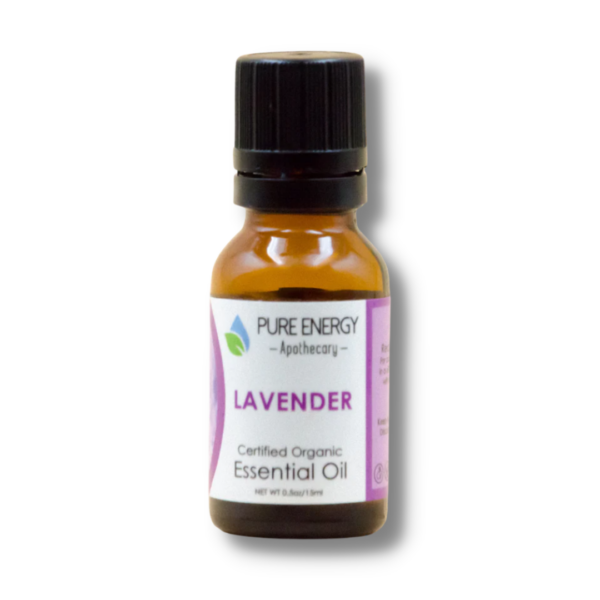
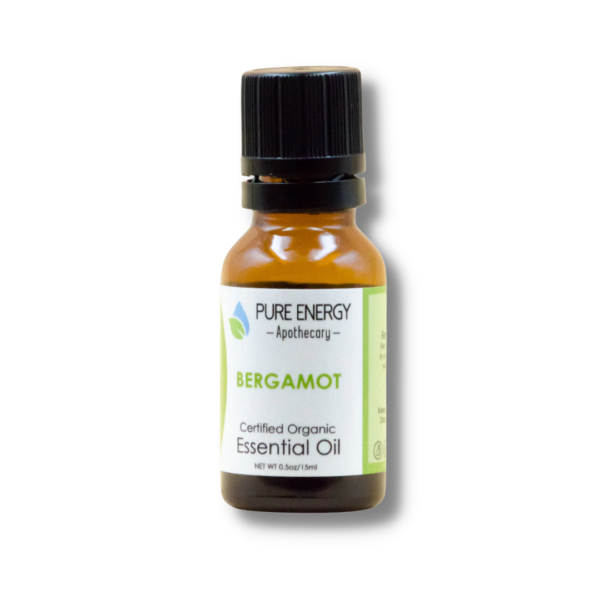
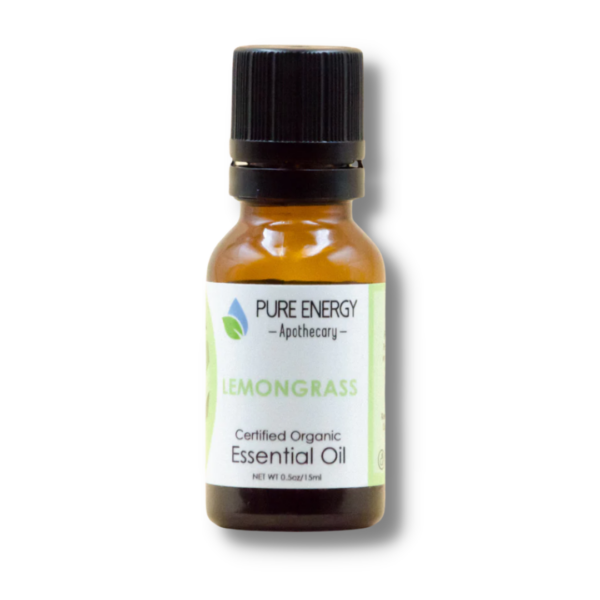
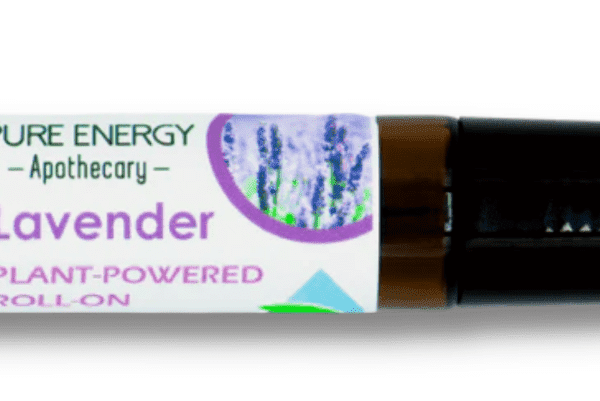
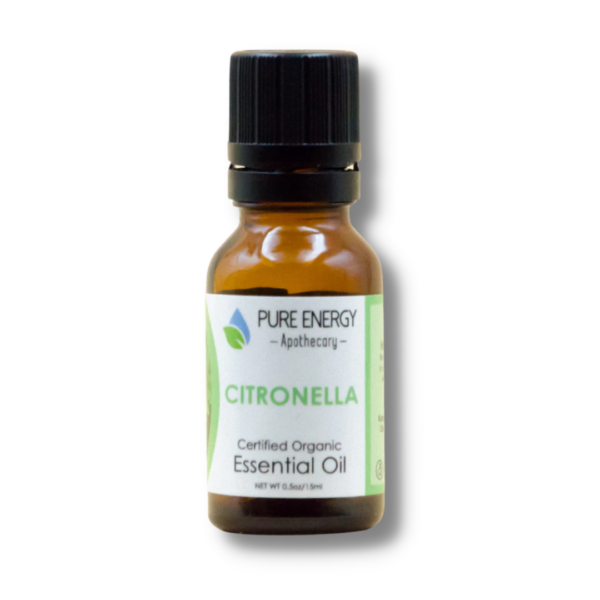
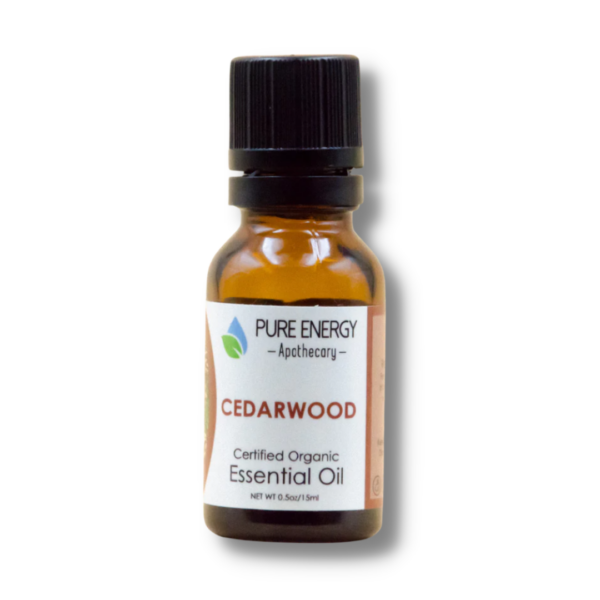
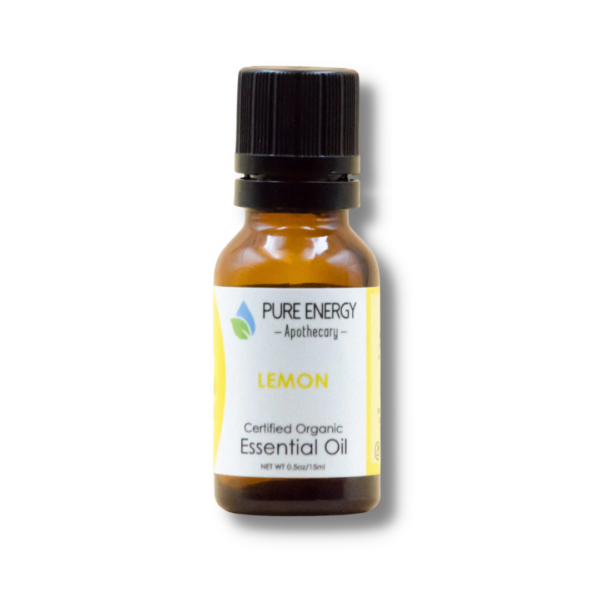



Leave a reply